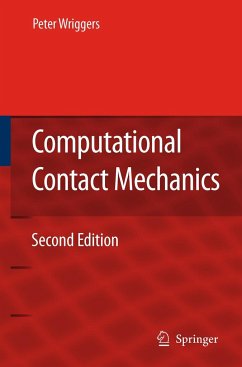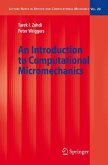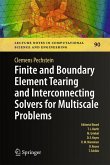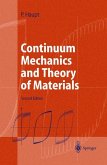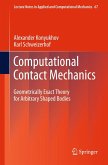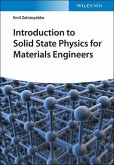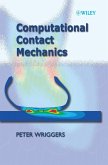Contact mechanics has its application in many engineering problems. No one can walk without frictional contact, and no car would move for the same r- son. Hence contact mechanics has, from an engineering point of view, a long history, beginning in ancient Egypt with the movement of large stone blocks, over ?rst experimental contributions from leading scientists like Leonardo da Vinci andCoulomb, to today's computational methods. In the past c- tact conditions were often modelled in engineering analysis by more simple boundary conditions since analytical solutions were not present for real world applications. In such cases, one investigated contact as a local problem using the stress and strain ?elds stemming from the analysis which was performed for the entire structure. With the rapidly increasing power of moderncomp- ers, more and more numerical simulations in engineering can include contact constraints directly, which make the problems nonlinear. This book is an account of themodern theory of nonlinear continuum mechanics and its application to contact problems, as well as of modern s- ulation techniques for contact problems using the ?nite element method. The latter includes a variety of discretization techniques for small and large def- mation contact. Algorithms play another prominent role whenrobustand- cient techniques have to be designed for contact simulations. Finally, adaptive methods based on error controlled ?nite element analysis and mesh adaption techniques are of great interest for the reliable numerical solution of contact problems.
From the reviews of the second edition: "The book is not simply a monograph reviewing the author's distinguished research career, but a true textbook covering the research of the major players in computational contact mechanics over the last 25 years and offers an extensive list of references. ... If I were given the opportunity to teach an advanced special topics course on finite element methods, I wouldn't hesitate to use this book. For a researcher ... the text provides an excellent review." (David J. Benson, SIAM Review, Vol. 49 (2), 2007)

